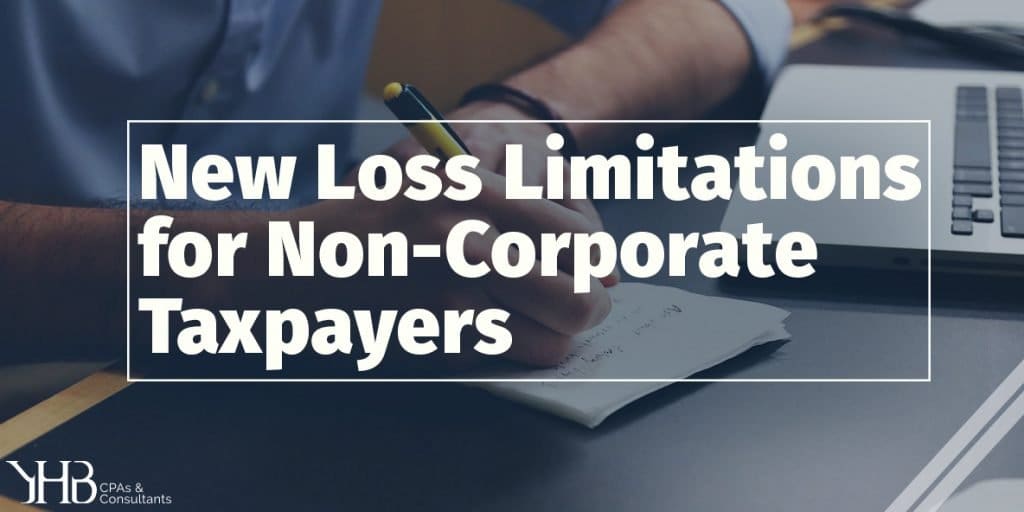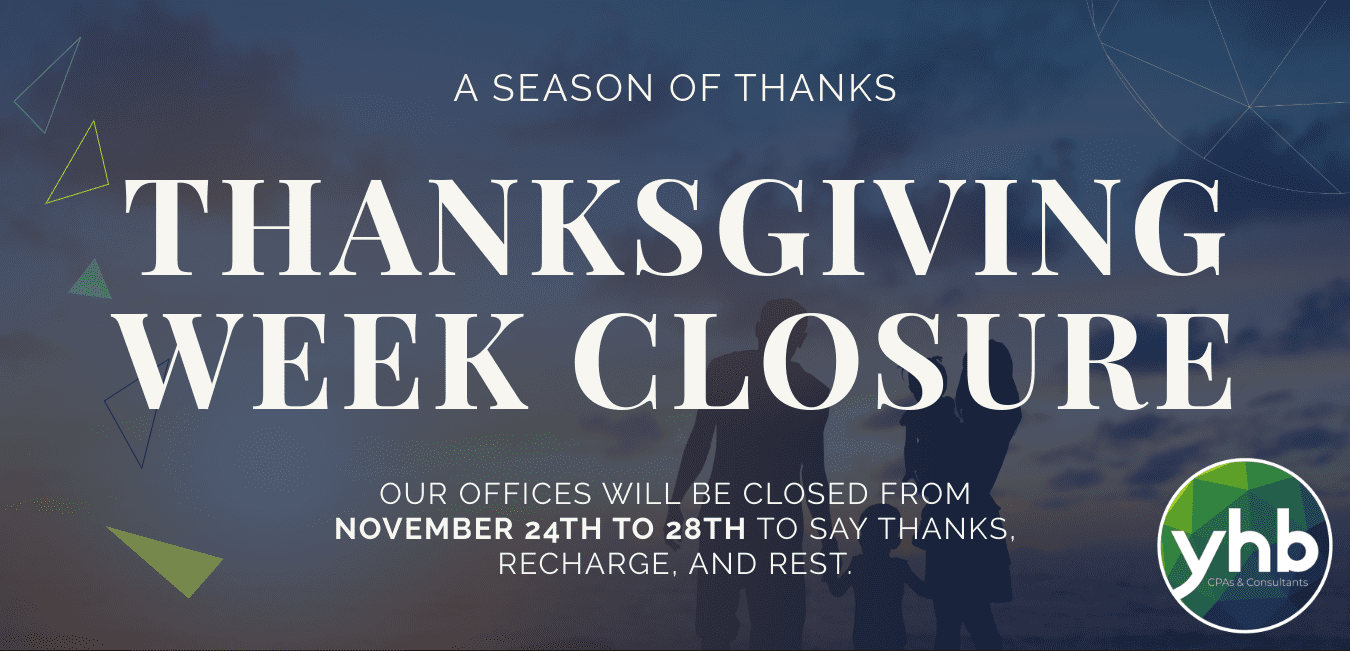If you starting a new business or investing in an existing business you should be aware of these new rules. The Tax Cuts and Jobs Act (TCJA) provides that, for tax years after 2017 and before 2026, a taxpayer’s excess business loss for the tax year is disallowed. This is an expansion of the old excess farming loss rules that were expanded to include non-corporate taxpayers engaged in any business. This may also apply to farmers now regardless if the farmer received applicable subsidies. These new rules can apply to the excess business loss of sole proprietorships, partnerships, S Corporations, limited liability companies, estates and trusts.

An “excess business loss” is the excess of the taxpayer’s aggregate deductions for the tax year that are attributable to trades or business of the taxpayer over the sum of: 1) the taxpayer’s aggregate gross income or gain for the tax year which is attributable to those trades or businesses, plus 2) $250,000 ($500,000 for a joint return). This new rule limit that ability of non-corporate taxpayers to use trade or business losses against other sources of income, such as wages and other compensation, interest, dividends and capital gains. The practical result is that the business losses of a non-corporate taxpayer for a tax year can offset no more than $500,000 for a married individual filing jointly, or $250,000 (for other individuals, of a taxpayer’s non-business income for that year.
Learn how we help you grow confidently
Let’s look at two examples on how this might be applied:
Example 1:
In 2018, Bob, a single taxpayer, has deduction of $500,000 from a business. His gross income from the business is $200,000. Bob’s excess business loss is $50,000 ($500,000 – ($200,000 + $250,000)). The $50,000 excess is business loss is treated as part of the taxpayer’s net operating loss (NOL) carryforward to later years. NOL’s may no longer be carried back and are limited to 80% of taxable income in the carryforward year.
Example 2:
Assume the same facts above except Bob is married to Jane who also has business deductions of $500,000 and business income of $200,000. We will also assume Jane and Bob each have received a salary of $300,000. Bob and Jane’s excess business loss is $100,000 ($1,000,000 – ($400,000 + $500,000)). They are allowed a deduction of $500,000 against their combined wages of $600,000 resulting in income of $100,000. We noted, for purposes of the new law, wage paid by an activity will not be considered income from that activity in computing the excess business loss.
These new excess business loss rules are to applied after the application of the passive activity loss rules. Presumably, if a loss is disallowed under the passive activity rules, any deductions or income from that passive activity would not be considered in the determination of whether a taxpayer has an excess business loss. However, in the determination of whether a taxpayer has an excess business loss, the new law doesn’t limit the “aggregate deductions attributable to a trade or businesses” and the “aggregate gross income or gain attributable to those trades or businesses” to active trades or businesses. The IRS will need to provide further guidance on the coordination between the passive activity loss rules and the excess business loss rules.
For partnership or S corporations excess business loss limitation rules apply at the partner or shareholder level. Each partner’s share and each S corporation shareholder’s pro-rata share of items of income, gain, deductions or loss of the partnership or S corporation are taken into account in applying the limitation for the tax year of the partner or S corporation shareholder. We expect new forms and reporting requirements to be issued by the IRS to carry out the purpose of these new rules.
As the IRS starts to issue new regulation, guidance and forms to comply with the new excess business loss law we will provide you with additional planning opportunities. However, now is the time to start the discuss with your business advisor if you are in a capital intensive start up or growth mode for a current trade or business with the potential for significant tax losses in the near term.
About the Author
 James Snyder, CPA, CSPM is a principal at YHB in the Leesburg, VA office. He provides income and estate planning services, business consulting, and estate and trust administration services to successful individuals in many professions, especially engineering, law, technology and real estate. He also provides strategic guidance and planning for clients involved in stock option transactions and wealth transfer.
James Snyder, CPA, CSPM is a principal at YHB in the Leesburg, VA office. He provides income and estate planning services, business consulting, and estate and trust administration services to successful individuals in many professions, especially engineering, law, technology and real estate. He also provides strategic guidance and planning for clients involved in stock option transactions and wealth transfer.


